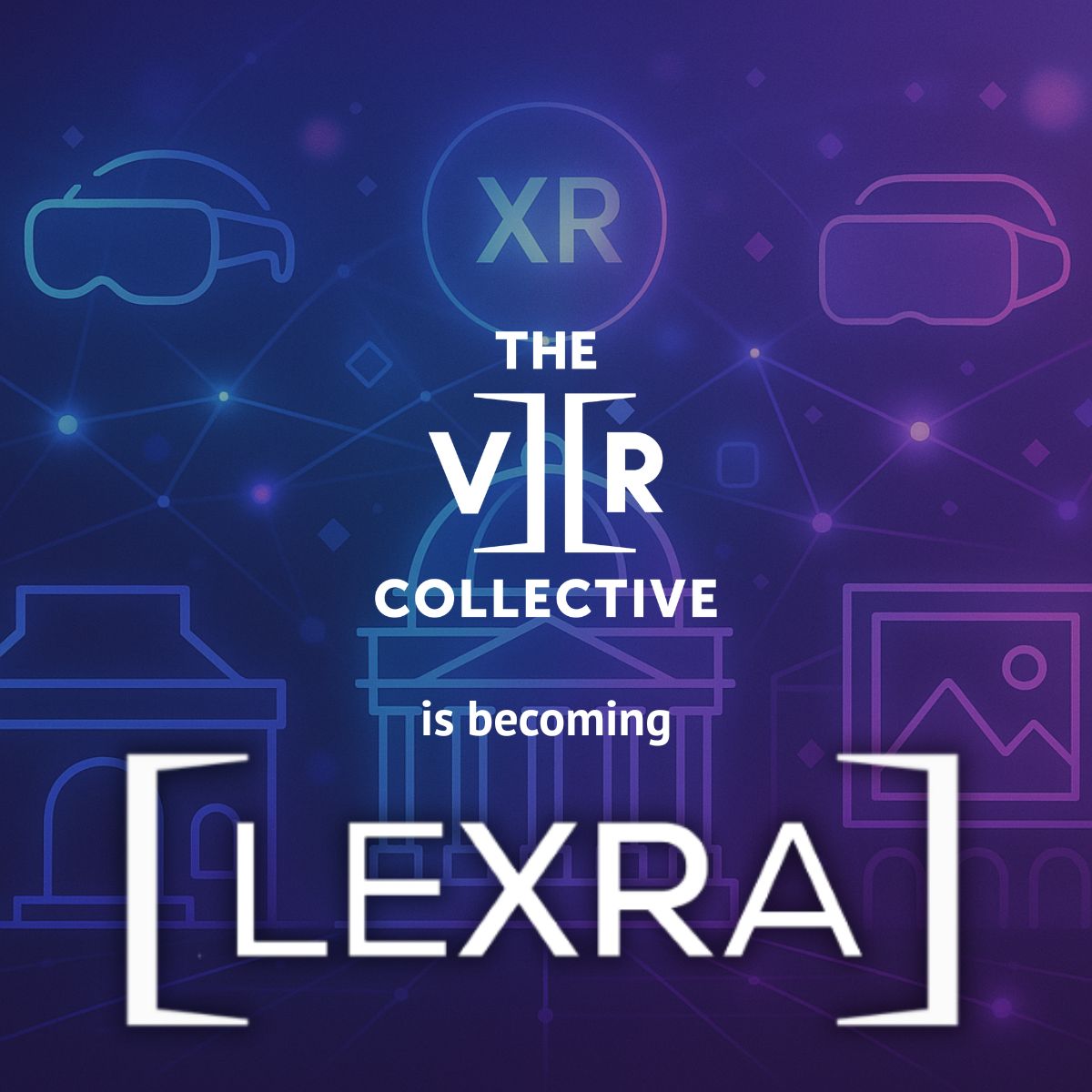
TL;DR:
I’ve been building immersive experiences since before “immersive” was a thing— launching Laser Storm, Virtuality, and Global VR in the 1990s. Since 2015, I’ve worked with nearly every side of the LBVR industry, trying to unite a fragmented ecosystem. I started the VR Arcade Summit and The VR Collective to bring the community together, but it’s bigger than what one person—or even one company—can do alone. That’s why I’m launching LEXRA—the Location-based Entertainment XR Association – a nonprofit, member-led association built to finally tackle industry-wide challenges like fragmentation, standards, and best practices. I’m rolling The VR Collective’s assets into LEXRA, personally recruiting a values-based founding board, and will serve as Exec Director for year one. After that, the board will take the reins. This isn’t about me, it’s about all of us. If you want to help build a stronger, unified industry, join me at www.lexra.org.
For almost my entire professional life, I’ve been working in what we now call “immersive experiences.” The funny thing is, when I started, that term didn’t exist. Back then, it was just about using technology, storytelling, and a lot of creativity to place people into fantastic worlds that felt real.
I’m often asked about where my journey began. The answer?
I got invited to play an early, crude game of laser tag one night. I had so much fun crawling around on the floor, shooting and dodging “laser beams” (they were really auto-engine timing lights with solar cells glued to a welding helmet) that I ripped holes in the knees of my brand new jeans.
That was the inspiration for Laser Storm, one of the very first laser tag companies. In its earliest days, I saw the possibilities of combining storytelling with immersive technology. We hired sci-fi writers to create Circuit Commandos, a game where players were “miniaturized” using strobe effects, and enter inside a computer to battle an evil virus.
Then we were approached by a brave visionary licensing agent, Rand Marlis from Creative Licensing Consultants in LA, who asked if we’d be willing to create a laser tag game based on the hit movie Stargate. Of course, we said yes, and that collaboration went on to win the Brass Ring Award for Best New Product at IAAPA in 1996.
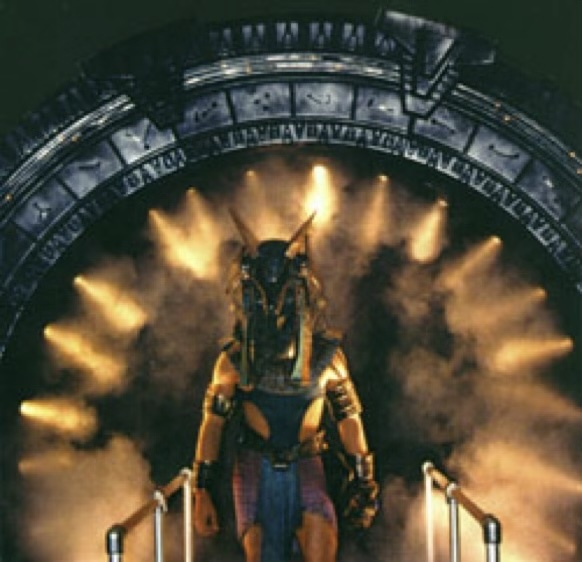
While that was happening, one of our earliest customers asked if we could help them launch a cutting-edge new product. Virtuality was the first VR arcade system, the rights to which had just been acquired by Edison Brothers. Together, we built laser tag and VR arcades in malls across America in the mid-90s. It was clunky, heavy, and mind-blowing. People lined up for hours to experience something they’d only seen in science fiction movies.
I sat back with Andy Halladay, President of Entertainment at Edison Brothers, and mused that someday, virtual reality and laser tag would combine, and it would be amazing.
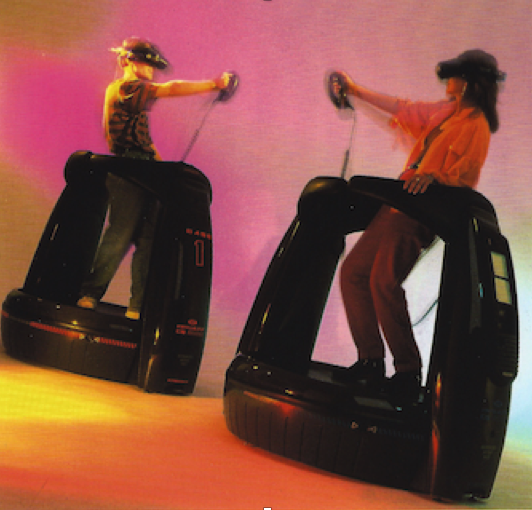
While we waited for that innovation (in truth, I forgot about it soon after), I was recruited to help start Global VR and launch its Vortek system. This was, in many ways, the first truly successful VR arcade game system. We sold more than 2,000 units worldwide—back when “location-based VR” wasn’t even a phrase. It was in pretty much every mall arcade and family entertainment center (which was barely a term back then.)
And then VR went into a long period of dormancy.
In 2015, I attended IAAPA in Orlando to research an article on mobile payments. I was consulting for a company called PayRange, which was considering moving from the vending market into the amusement industry. I advised them not to, steering them towards coin laundry, a much more lucrative market.
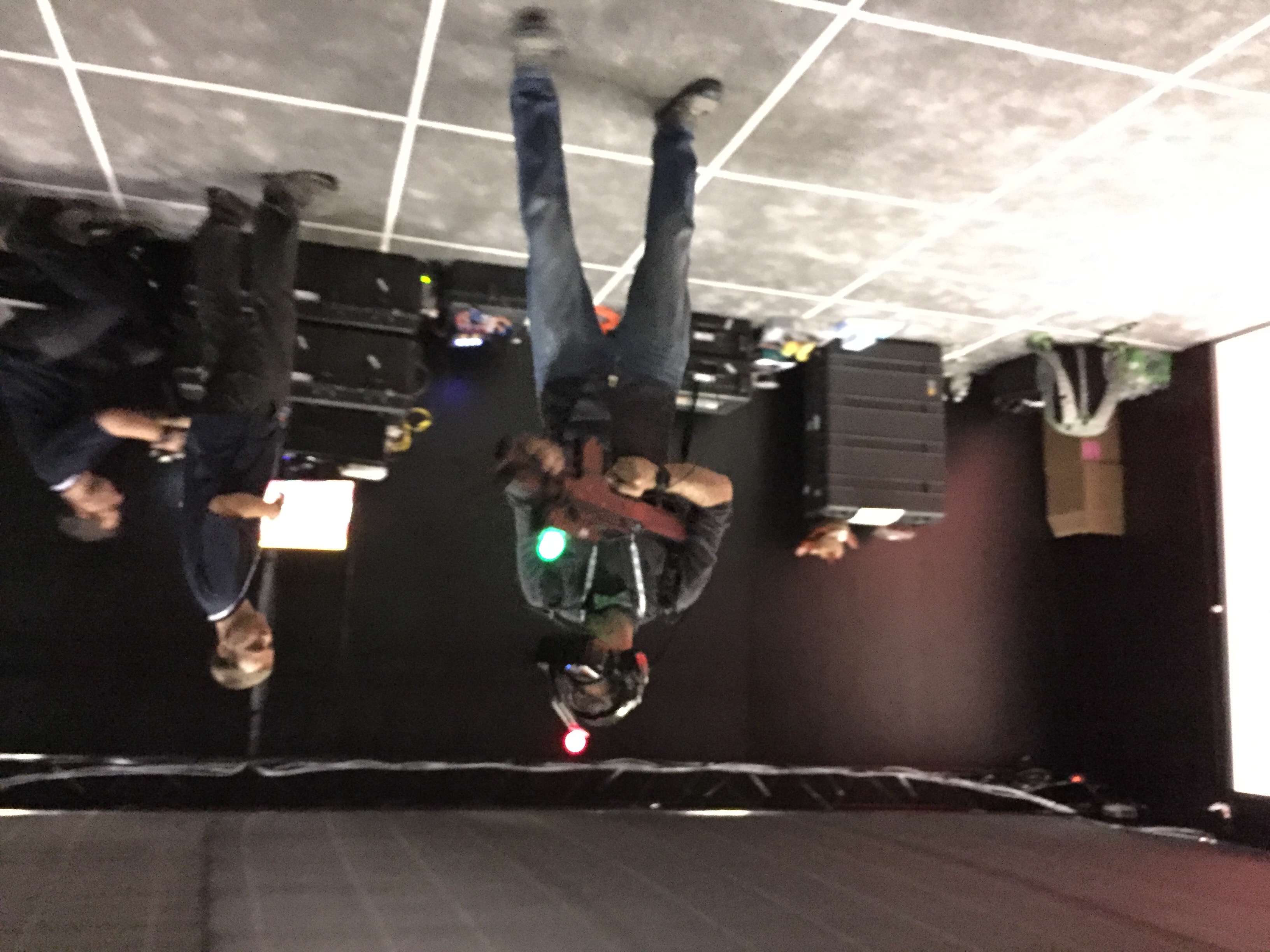 I wandered the show with my friend Brent Bushnell and we stumbled upon a demo from Zero Latency. It was in that 10 minute demo that I realized everything was going to change. I reflected back on my conversation with Andy Halladay. Who knew it would take 20 years for laser tag and VR to converge into an experience.
I wandered the show with my friend Brent Bushnell and we stumbled upon a demo from Zero Latency. It was in that 10 minute demo that I realized everything was going to change. I reflected back on my conversation with Andy Halladay. Who knew it would take 20 years for laser tag and VR to converge into an experience.
Since then, I’ve been deep in the trenches of the LBVR (location-based VR) industry—consulting, advising, evangelizing. I’ve worked with suppliers trying to break into new markets, operators hungry for the next big thing, and investors hoping to get in on the ground floor of a “revolution.” What I’ve seen, over and over, is a ton of talent, passion, and potential—scattered in a million different directions.
I started to notice a pattern: everyone was working hard, but nobody was really working together. Companies building products that were almost indistinguishable from one another. Instead of collaborating, each spent millions developing the same features instead of leveraging what already had been done. The ecosystem was fragmented—suppliers here, operators there, each one hustling for survival or growth, but not enough people connecting the dots, building bridges, or sharing what they’d learned.
As a serial entrepreneur (an affliction) I felt the pain of all these startups struggling. I wanted to help them all.
Looking back, I’ve spent much of the last decade acting like an association without the necessary infrastructure, resources, or support. I’ve connected people. I’ve promoted new products. I’ve been on the phone late at night with operators in Asia, suppliers in Europe, and investors in the States, trying to help them solve problems that are honestly too big for one person—or even one company—to tackle.
In 2017, I approached Pete Gustafson at the American Amusement Machine Association (AAMA) about integrating the VR community into that organization. Pete helped me launch the VR Arcade Summit to bring together the VR and amusement communities. We needed a place to meet, discuss, share, and challenge one another. That event, along with the community that developed around it, demonstrated a genuine hunger for connection and collaboration.

Two years ago, I founded The VR Collective to showcase the vast array of products, companies, and creators around the world. I wanted to shine a light on the diversity and potential of this industry, not just the well-known successes, but also the hidden gems, the innovators, and the dreamers.
But that’s not enough. The industry is maturing, more money is pouring in, and the challenges are bigger than ever. We’re at an inflection point. If we keep working in silos, we will miss out on the big opportunity: changing the way people experience entertainment when they’re away from home.
Last year, I posted an idea on LinkedIn – we should hold an ecosystem summit to bring all the companies filling different industry roles to collaborate on solving some of the biggest business challenges we share. The response to that post was overwhelmingly positive, from all around the world.
This past March, at the VR Summit, we hosted an “Unconference,” a workshop that aimed to define and address those problems. We identified five key areas that needed to be addressed to accelerate market growth.
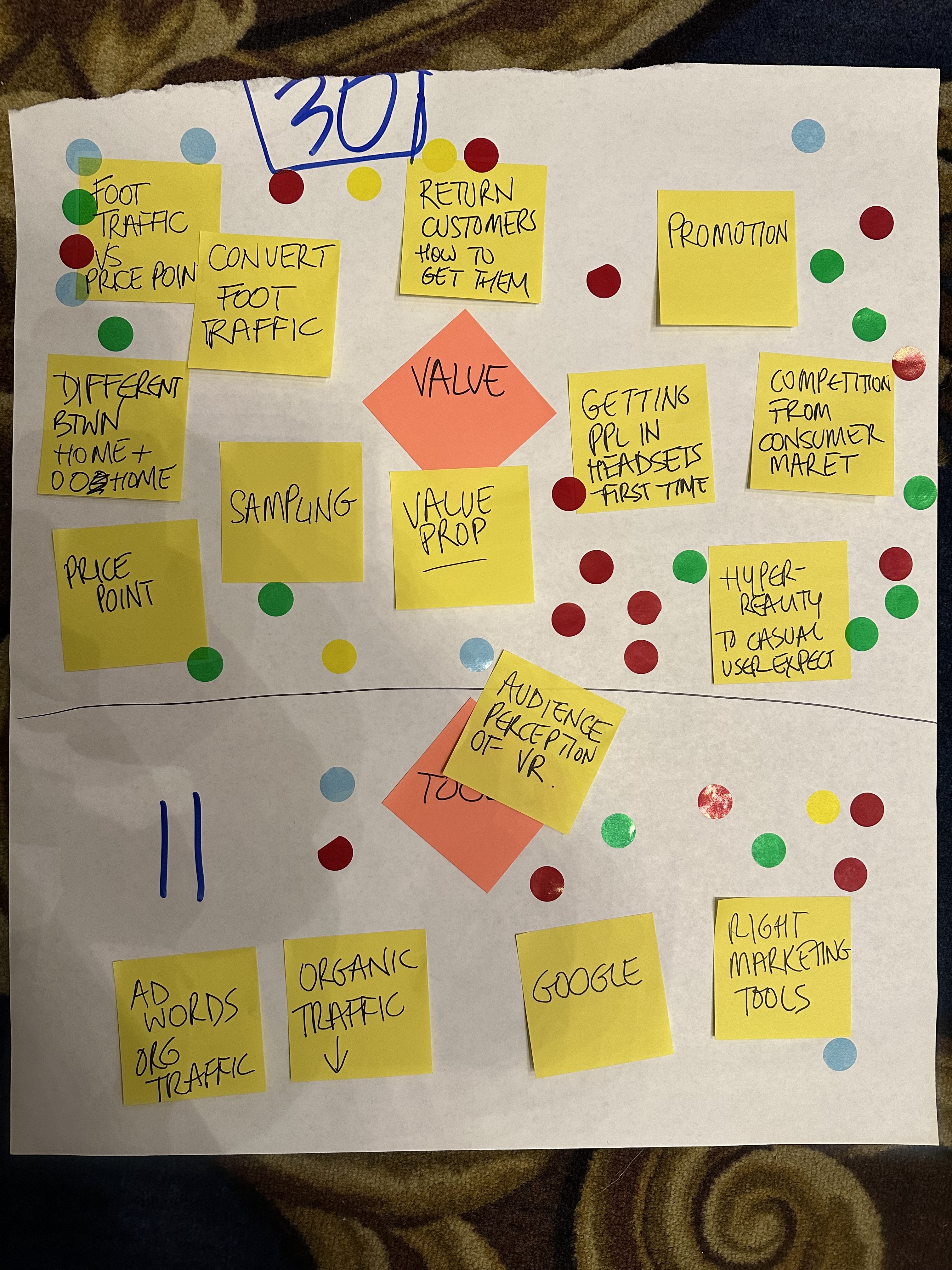
Marketing, Operations, Risk, Technology, and Community. We spent the morning identifying some of the existing best practices in these areas and the top three problems worth tackling. I promised not to let that work die on the vine, like at so many industry conference think tanks.
So here we are.
LEXRA is a nonprofit association, built from the ground up to address the challenges we all face: fragmentation, lack of industry standards, and the absence of shared best practices. It’s about giving everyone a voice, not just the loudest or most successful players.
And while I want everyone to have a voice, we can’t have a chaotic group of people all shouting at the same time. We need to start in a considered manner. I’ve consulted with people who’ve built associations and listened to their mistakes. And the best advice I’ve been given was, “Make sure your initial board is hand-picked and aligned with your vision. One asshole can ruin everything.”
I’ve launched more than a dozen startups, and one thing I’ve learned is that it’s the founder’s vision that gets it off the ground. So, I am asking for your trust as we light the engine and get off the launch pad.
I am recruiting a founding board of no more than 12 companies. My intention is to have at least one member from each ecosystem role: manufacturers, creators, developers, integrators, distributors, operators, venue owners, investors, and consultants. That’s how we foster understanding and empathy across the ecosystem, and this will lead to better collaboration and, ultimately, faster growth.
The founding board membership comes with a financial commitment. Launching an association costs money. We could bootstrap this, but time is of the essence. The industry is facing critical challenges that need to be solved. The minimum investment is $5000. If you have the means and would like to help shape the industry, you can apply here. https://thevrcollective.com/lexra/#found
I won’t be on the board, but will serve as Executive Director for the first year to get the association off the ground. After that, I’ll step back and let the board (and the community) steer the ship. This isn’t about me being the guy “on top.” Honestly, that’s not what I want. If anything, I want to stop acting like a one-man association and help build something that outlasts me. I want LEXRA to be a platform where the community leads, innovates, and pushes the industry forward—together.
I’m consolidating all the assets of The VR Collective, the VR Arcade, and the VR Arcade and Attraction Summit into LEXRA. I’ve built a viable media platform, a requirement for any association. There’s no sense in starting from scratch. That means the knowledge base, the directory, the research, the community, and the conference—all of it becomes a resource for everyone in the industry.
If you’ve ever felt isolated as an operator, overlooked as a supplier, or frustrated by the lack of clarity and standards, I get it. I’ve been there. I am there.
Let’s fix it. Now.
Lend your voice, your experience, your challenges, and your vision. Become part of the founding board if you can and you’re ready to lead—or sign up to be part of the movement. LEXRA works when we all show up together.
The future of location-based XR isn’t just about hardware, IP, or even content. It’s about community. It’s about building trust, sharing knowledge, and working toward a common vision.
We’ve got a long way to go. But we also have a real chance to get it right.
If you’re with me, reach out.
Learn more or apply to join LEXRA at www.lexra.org
Let’s build this industry—not as competitors fighting over scraps, but as pioneers creating the future together.
Thanks for sticking with me on this wild ride. Here’s to what’s next.
Bob